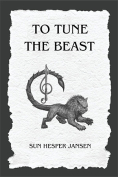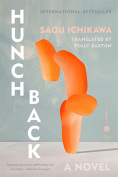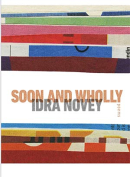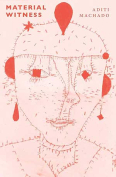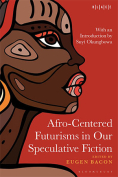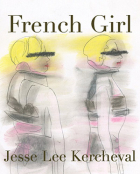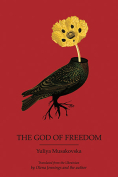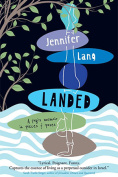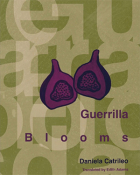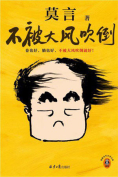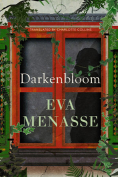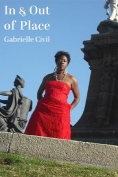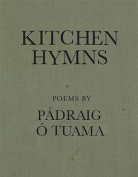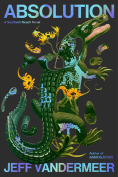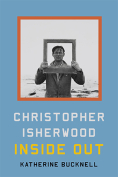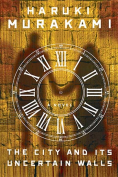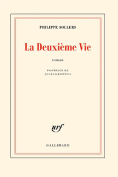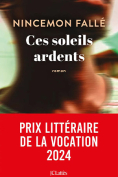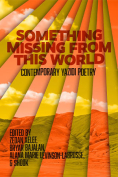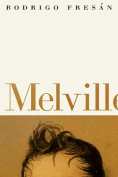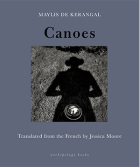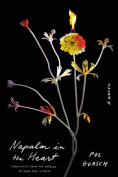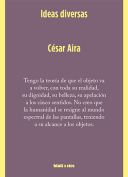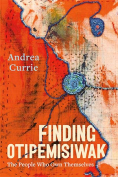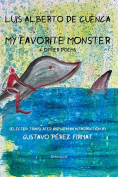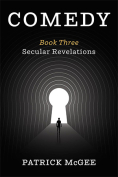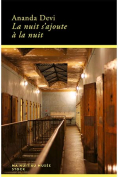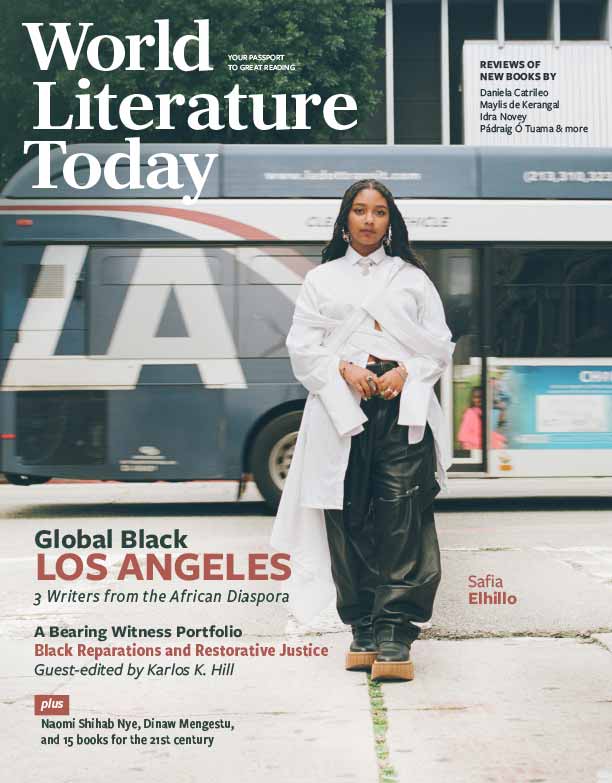Christopher Isherwood Inside Out by Katherine Bucknell
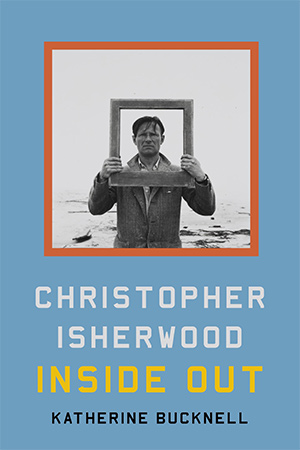
New York. Farrar, Straus and Giroux. 2024. 852 pages.
The virtues of this authoritative biography of Christopher Isherwood are clear enough. Katherine Bucknell, who edited the great gay writer’s diaries, has let no fact go by without fitting it into her grand scheme of revealing his “powerful imagination and rich inner world.” She offers a virtual catalog to buttress her argument that Isherwood (1904–1986) was “on the run from fear ever since he could remember,” asserting that he ran from schoolmates in childhood, ran from Cambridge University and a proposed academic career, ran from Hitler’s Berlin in the 1930s, ran from New York to Hollywood (where he did movie studio work and embraced pacificism), and briefly ran from hyperactive sexuality to Vedantic wisdom (living briefly in a monastery before realizing that the conflict between his writing personality and his ego would compel him to forge a path inside and outside Vedanta, without having to renounce what Bucknell terms “spiritually illuminated promiscuity”).
Bucknell details Isherwood’s privileged ancestry: he had a family estate with servants; the family business was run by lawyers; and his parents, Francis and Kathleen, were “all-rounders” who read, painted, traveled, played music, performed in amateur theatricals, attended theaters and museums, and took courses in literature, church architecture, archaeology, and bookbinding. Francis Isherwood died at Ypres in 1915, but young Christopher (whom Kathleen addressed as Christopher William or Christopher or William) was already showing signs of rejecting biases of the British Empire, such as the caste system and racism, although Bucknell hedges about his eventual anti-Semitism. He was often resigned, even passive at school, though he derived surreptitious sexual pleasure from wrestling and boxing, and he showed a camp side, catalyzed by his uncle Henry’s overt gay behavior and Kathleen’s penchant for dressing him up as girl at a pretend ball so they could perform a set dance, flipping roles easily. No wonder Christopher felt that more than two versions of himself coexisted and that his moods and desires were continually changing, along with his mode of self-presentation, most strongly demonstrated in his autofiction, such as his Berlin stories (which showed his political and sexual attraction to working-class types) and Down There on a Visit (1962), an existentialist novel in which he represented himself in various personae that encompassed the bitter and sour to the monstrously alienated.
Bucknell thrives on triangular geometries of Isherwood’s life and career, such as his conflicted relationships with his mother and his younger brother, Richard (a troubled schizophrenic); his boyhood love for his nanny Anne Avis within his mother’s orbit; his mother’s unconventional friendship with a woman ten years younger; and his later friendships with W. H. Auden and Stephen Spender (a discreet homosexual love for Auden but a psychological and literary ambivalence about Spender). Triangles were, of course, a common pattern in Isherwood’s homosexual life, with partners easily acquired or dropped by him as well as by the great love of his life, Don Bachardy (thirty years his junior, with whom he had formed an alliance when Bachardy was only eighteen). Overall, Isherwood wanted to be accepted for his real self, rather than for being an official tribal elder for a new breed of queers. Those who accepted him as he truly was became close friends, including such men as Lincoln Kirstein, Gerald Heard, and Swami Prabhavananda, and women like Olive Mangeot, Jean Ross (his real-life model for Sally Bowles), playwright Dodie Smith, and actresses such as Iris Tree (also a poet), Julie Harris, and Jennifer Jones.
Bucknell’s biography solidly emphasizes emotion and psychology—often within traceries of some of his sexual partners (especially Heinz Neddermeyer, William Caskey, and, of course, Don Bachardy) but more particularly when addressing Isherwood’s attraction to androgynous renegades or Isherwood as “a historian of the self,” who sought to interweave individual personalities with historical periods in autofictions. But a reader with an inveterate interest in discovering why critical eminences considered Isherwood to be “the best prose writer in English” (Gore Vidal) or one of two of “the ablest exponents of the colloquial style” (Cyril Connolly), will probably be disappointed. There is precious little analysis of Isherwood’s literary style (with its debts to Forster, Waugh, and Woolf), none of his flair, and there are occasional awkward syntax, grammatical errors, and clumsy diction. How to excuse a clause such as “He had also began a sexual relationship” or a sentence in which Bucknell alludes to his “unpicking the fictions he had woven”? Such sloppy lapses mar an otherwise magisterial biography.
Keith Garebian
Mississauga, Ontario
